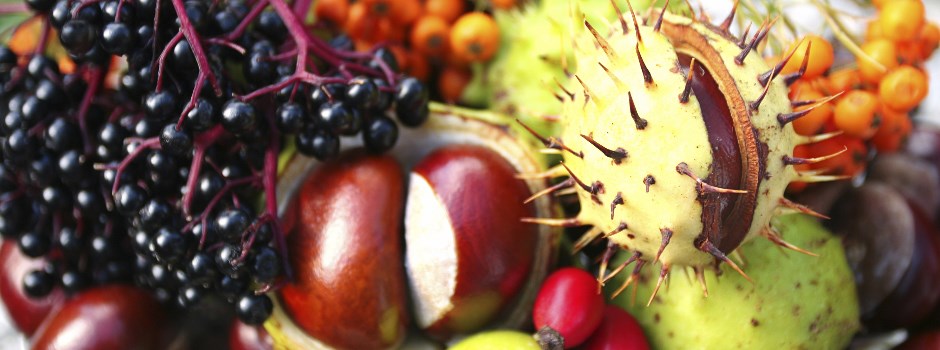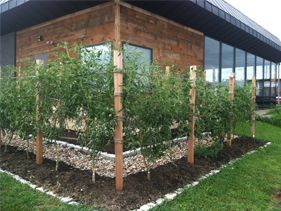Edible landscaping is the new American garden.
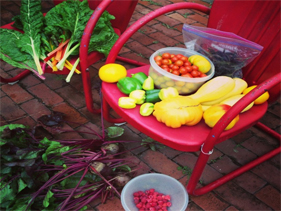 Hanging fruit is one of the most beautiful features on a landscape. It hits an emotional cord, recalls memories and imparts a sense of security and abundance – but that is not the full sum of edible landscaping design, albeit a tasty part. Good design creates a sense a place that combines many disciplines but most importantly begins with your dreams of a perfect environment where you are most comfortable and can relax and enjoy life. Edible landscaping design rounds out our wholistic needs from the landscape while balancing the aesthetics of your home, neighbors, and region. In other words you can have your yard and eat it too!
Hanging fruit is one of the most beautiful features on a landscape. It hits an emotional cord, recalls memories and imparts a sense of security and abundance – but that is not the full sum of edible landscaping design, albeit a tasty part. Good design creates a sense a place that combines many disciplines but most importantly begins with your dreams of a perfect environment where you are most comfortable and can relax and enjoy life. Edible landscaping design rounds out our wholistic needs from the landscape while balancing the aesthetics of your home, neighbors, and region. In other words you can have your yard and eat it too!
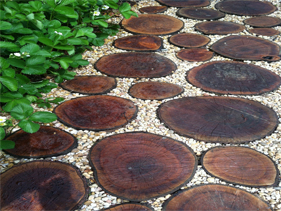 Sounds groovy but where do you begin? Start by realizing that you can have beauty and food mixed into the landscape, whether it’s a retrofit to an existing design or a whole new canvas. Then approach the change you want to see in degrees, pick a project that appeals to your time and budget such as an herb spiral near the kitchen door that uses up a pile of unused stones, a few sheet mulched patches in the open sun for future fruit tree plantings, a small raised bed on contour that captures the water shooting out of the rain downspout, have fun building a raspberry trellis along a fence line or where you want to create an outdoor ‘room’ divide, maybe start with an earthen oven off the patio… just jump in. Forget the complexities of disciplined design for now – they will unfold naturally as you create and ‘grow’ by doing. The beauty of edible landscaping is that it is organic and can be re-created over and over again as you develop your unique sense of place and balance, which indeed is the essence of a natural landscape.
Sounds groovy but where do you begin? Start by realizing that you can have beauty and food mixed into the landscape, whether it’s a retrofit to an existing design or a whole new canvas. Then approach the change you want to see in degrees, pick a project that appeals to your time and budget such as an herb spiral near the kitchen door that uses up a pile of unused stones, a few sheet mulched patches in the open sun for future fruit tree plantings, a small raised bed on contour that captures the water shooting out of the rain downspout, have fun building a raspberry trellis along a fence line or where you want to create an outdoor ‘room’ divide, maybe start with an earthen oven off the patio… just jump in. Forget the complexities of disciplined design for now – they will unfold naturally as you create and ‘grow’ by doing. The beauty of edible landscaping is that it is organic and can be re-created over and over again as you develop your unique sense of place and balance, which indeed is the essence of a natural landscape.
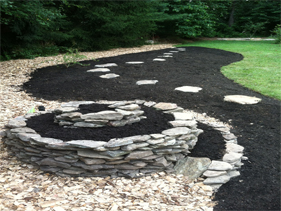 Core to good design is using the sites natural flow of energies (sun, water, air..) to capture or create elements that feed the design for you. Good example of this is locating micro-climates on your landscape that have a unique temperature or moisture balance, allowing a warm spot for a fig or wet spot for elderberries. Understanding any type of landscape design begins with observation of your site throughout the year, taking note of sun hours, water flow, cold pockets, view points/corridors to capture, etc. Then you will begin to know what fits where as you learn of new techniques and plants.
Core to good design is using the sites natural flow of energies (sun, water, air..) to capture or create elements that feed the design for you. Good example of this is locating micro-climates on your landscape that have a unique temperature or moisture balance, allowing a warm spot for a fig or wet spot for elderberries. Understanding any type of landscape design begins with observation of your site throughout the year, taking note of sun hours, water flow, cold pockets, view points/corridors to capture, etc. Then you will begin to know what fits where as you learn of new techniques and plants.
“We were inspired by what Ecologia saw in our back yard on their first visit. Where we had overgrown trees and a forgotten garden, they saw new beds full of vegetables and fruit. Now, we have raspberries, blackberries, and currants growing on a fruit fence trellis.
We have juneberries and gooseberries growing in fruit pods, complimented with rhubarb and flowers. The raised bed vegetable garden is now off the porch instead of hidden in the back of the yard. The design makes it easy to walk through the beds, tending the plants and watching them grow. The whole family has become involved in planting seeds, caring for the plants, and harvesting the food. Last summer, plants hung heavy with peas, tomatoes, peppers, eggplants while towering sunflowers shaded lettuces, chard, and kale. Our yard is inviting, thriving, and full of food.”
Laurel & Jay, Clover Hill, Frederick
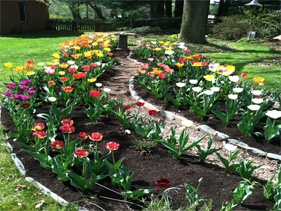
Sometimes the design is functional but not edible. Two woodland swales harvesting roof runoff and popping tulips.
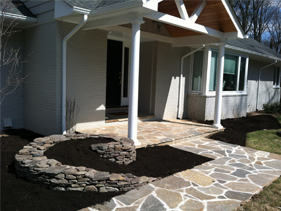
A simple herb spiral softens the hard lines of this Baltimore home entrance and utilizes the south facing micro-climate to overwinter Mediterranean herbs
Posted In: Edible and Ecological Landscape Design

